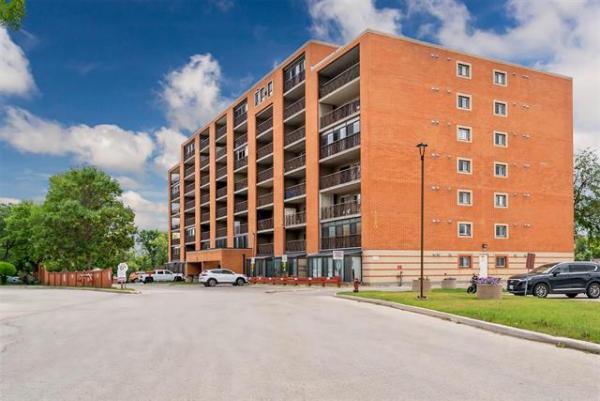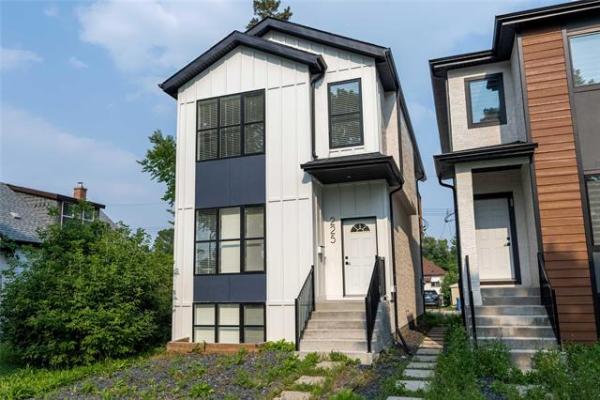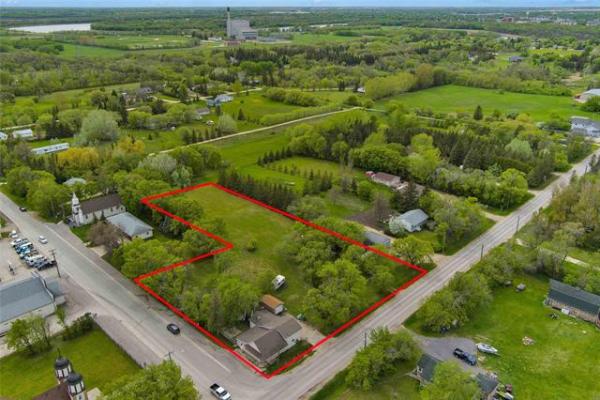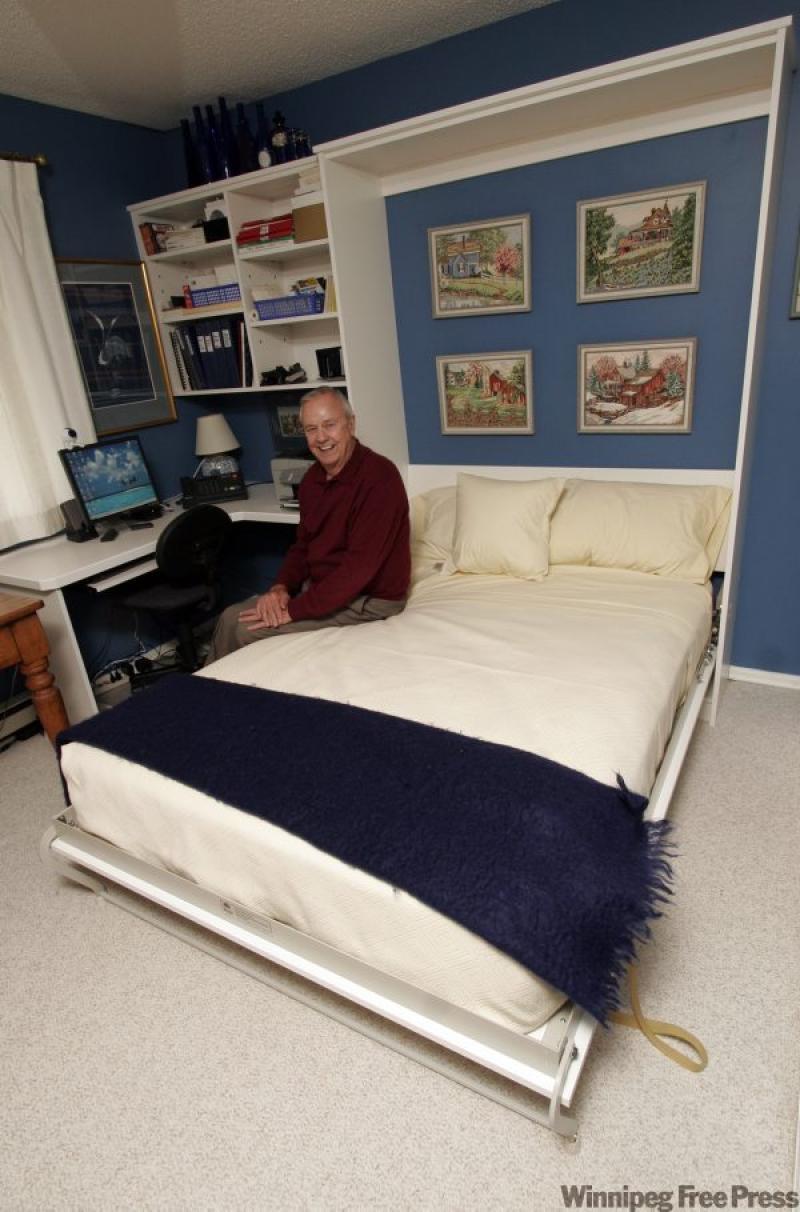
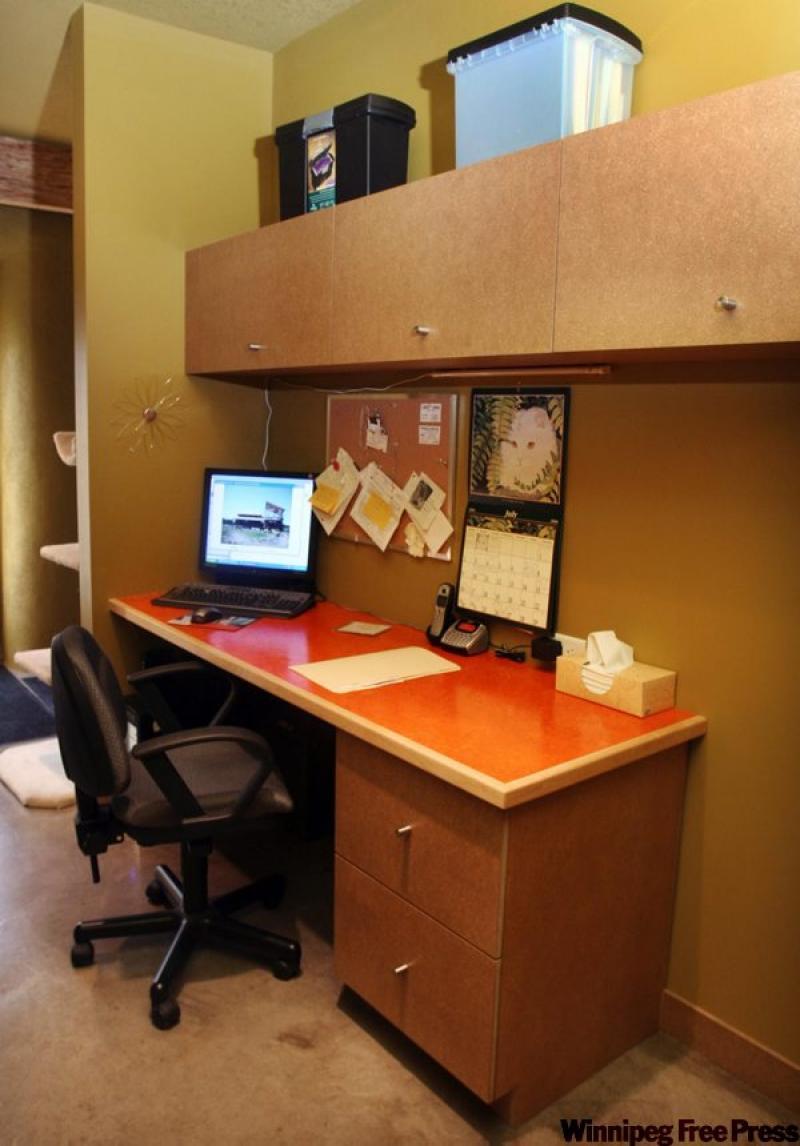
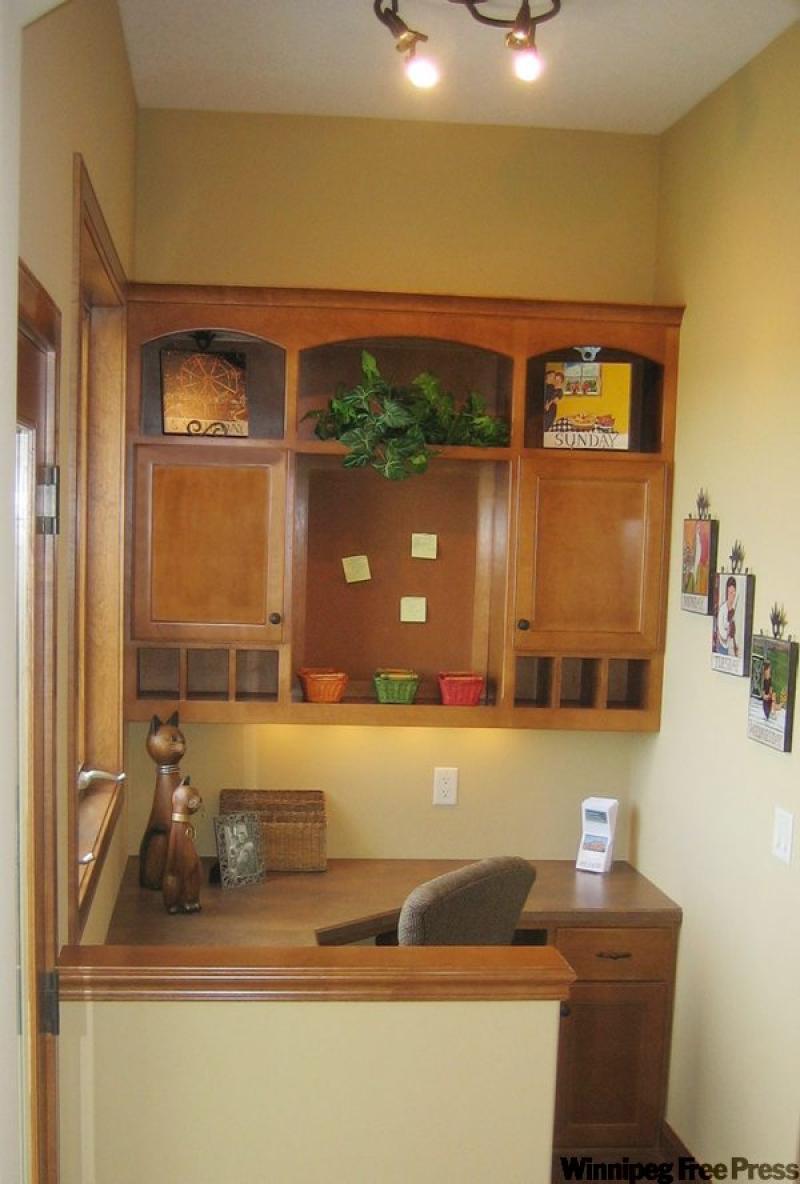
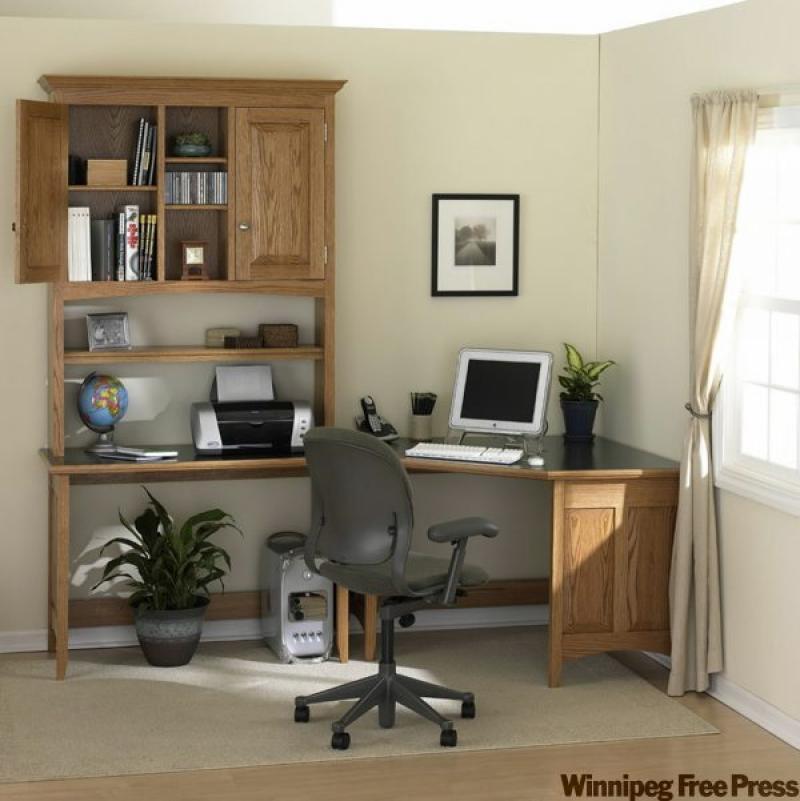
Gone are the days of cheap plywood desks and pleather chairs with wheels. Home offices now incorporate a house's style and seamlessly transform from workspace to TV room, guest room or study.
"People don't want to hunker down in a (home) office anymore," said Donna Corbat, a senior associate at Gary Lee Partners Architecture & Design in Chicago, New York and San Francisco. "People want the office function, but they don't want it to feel like an office."
Building a workable and chic home office doesn't require big bucks, said Louise Farrar-Wegener, owner of Z3 Design Studio Inc. in Portland, Ore. For furniture and accessories, how much you spend runs the gamut. Ikea offers a range of office furniture that's easy on the wallet. And Farrar-Wegener suggests checking out commercial office retailers for moderately priced deals.
"You can spend as little as $1,500 to $10,000 on a home office," Farrar-Wegener said. But no matter how much you splurge or scrimp, the office should serve your needs.
What are you using the office for?
Maybe you need an office an hour or two each week to pay bills or write out a grocery list. If that's the case, a small desk tucked in the corner of the kitchen or laundry room probably will suffice.
But if you use your office a couple of hours a day for e-mail, Internet research or occasional work, your setup should be more expansive with a larger desk, a better chair and possibly more storage.
Consider your attachment to technology as you plan your space. If you have every gadget from an iPod to a computer monitor for your laptop, make sure your desk is close to enough power sources.
And while technology has made life easier, it's also added unsightly wires to the mix. Office supply stores and even home retailers offer ways to disguise cords and chargers for various electronics. For example, Pottery Barn offers a recharge station that hides wires and cords.
"You want the technology there, but it should be more invisible," Corbat said.
Also, take stock of your storage needs. If you leave a long paper trail, you're going to want to consider adding file cabinets to keep tidy. But you don't have to sacrifice style for storage. Many retailers offer office pieces that don't even look like file cabinets. Even the old-fashioned, boxy, metal file cabinets have gotten a facelift. Retailers offer those in different colours and finishes with rounded corners and snazzy handles at decent prices.
Empty nesters are creating separate home office spaces, Corbat has noticed. She recently designed an office library dedicated to the husband and an office space in the master suite for the wife.
What space do you have?
Most people don't have one room they can dedicate to an office. For a smaller office or desk space, Farrar-Wegener suggests converting a closet into an office space or have a laundry room or pantry do double-duty.
Consider making the office multifunctional by adding a wall unit to house both a computer and a television and a sleeper sofa for guests.
In urban digs, especially loft spaces or studios, an office should blend into the rest of the space and not draw attention to itself. The furniture should look similar in style to the rest of the apartment and should hide office accessories like files, pencils and pens and laptop hubs.
It also should serve several purposes. Office chairs can double as extra seating during a dinner party and some desks could be used for more table space during entertaining.
Don't forget... lighting, comfort and accessories.
To brighten the office, consider natural lighting, ambient lighting and task lighting, Farrar-Wegene said. Know where the natural light comes from and how it changes during the day and through the seasons.
"We love natural light in our workspace. It's good for us mentally and environmentally, but we also need to know how to control that light," she said.
For example, a westward-facing window may need blinds or some other cover for the late day setting sun.
Ambient lighting may include amber spotlights in bookcases, low lights on potted plants in the window or a soft light from a lamp. These options offer a way to keep the office lit without depending on harsh work lighting.
For task lighting, consider where you work. If you lounge on the couch with your laptop, you will need a good lamp nearby. If you stick to your desk, make sure to invest in a good desk lamp. But if you move around, consider good overhead lighting for the entire space.
For seating, prepare to shell out a little green for a desk chair, Farrar-Wegener said. However, the cost of no back pain is worth it.
She recommends testing out chairs in the store. Sit in different ones for at least a half-hour. She allows her clients to take home a desk chair for a couple of days to make sure it works comfortably for them. A chair should support the lower back, adjust higher or lower and have movable armrests so more than one person can fit into it properly.
And she cautions, "You're not going to find a good task chair that's cheap."
--Associated Press

